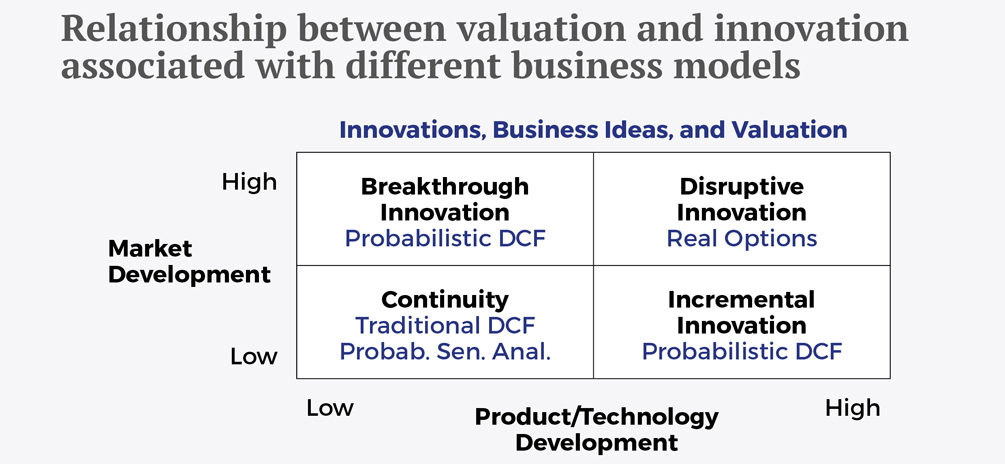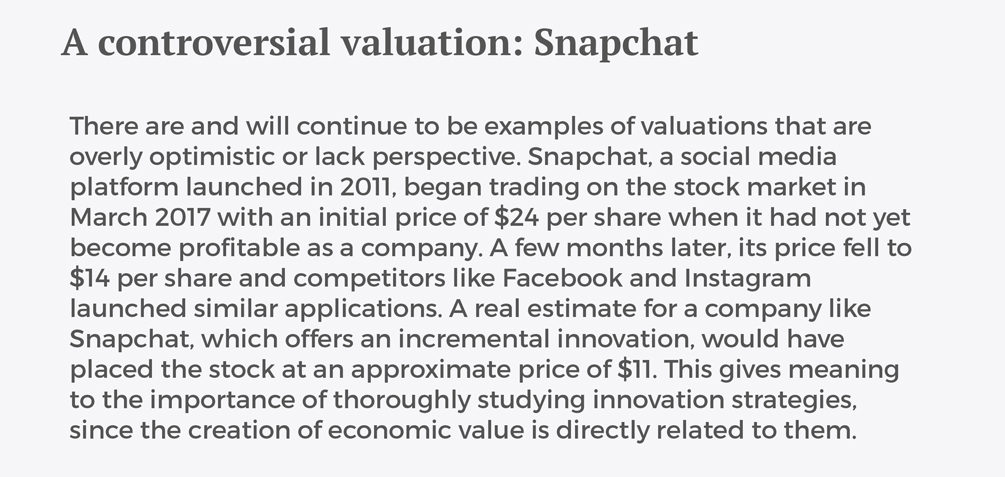Some experts warn that we are witnessing a technological bubble. However, the fact that the five most valuable companies in the world today are tech firms hints at the extent to which technological innovation has become one of the main assets. The path taken by companies such as Google (Alphabet), Apple, Amazon and Facebook paints a scenario for the global economy in which the success and survival of businesses depends on the technological component.
After all, these giants mirror the current consumer trend, which is intertwined with social media, mobile devices and the cloud and, soon, artificial intelligence, blockchain, robotics and automation. Organizations cannot ignore the impact of digital ecosystems and the behavior of consumers in terms of the use of technologies, as well as the emergence of an economy that sees 8-figure acquisition deals between companies in this industry.
But why would they spend that kind of money? How could something like the acquisition of WhatsApp be valued at $19 billion? The disruptive character and the market possibilities that the experts deal with are some of the keys for these deals to be successful in this regard.
Given the exponential growth of this market, and the high number of deals involving digital business, it is important to examine the options emerging around the concept of innovation to assimilate and understand the amounts of money being invested.
The operational flexibility component is key when aspiring to launch cutting-edge or disruptive innovations.
Flexibility as a valuation factor
Depending on the policy adopted, risk management will be different and lasting over time. Where there is no room for distinction is in the search for economic value associated with the launch of a new product. The risks always parallel the financial objectives that any organization establishes. Therefore, risk and finance go hand in hand in the digital business, and thus the operational flexibility component is key when aspiring to launch cutting-edge or disruptive innovations. In fact, a lack of flexibility applied, for example, in the traditional discounted cash flow (DCF) can result in an underestimation of the economic value associated with some investments.
Hence, the more aggressive the innovation policy, the more important operational flexibility will be for creating economic value. Thus, in any valuation of a company with DCF, we must consider different scenarios, probabilities or financial estimates based on market simulations. This analysis will help us understand why so much money is spent on deals, acquisitions or IPOs involving tech companies.
Innovation is more vital than ever
Undoubtedly, the current environment has engendered a belief that is common and already well-rooted in the steering committee of any organization: innovation is more vital than ever. However, what types of innovation can be applied? Are there strategic limits?
With regard to new products and services, three levels can be distinguished to establish the innovation roadmap at any company:
- Incremental innovation. Through this methodology, processes and decision making revolve around the idea of improving the value of the products already existing in the market, maintaining it or adding to it: a new version, redesigned formats, improvements in the supply chain, updated models… This type of pattern responds to a type of innovation that most companies apply to differentiate themselves. Their aim is to maintain or improve their positioning in the market. We could call this a moderate innovation policy.
- Breakthrough innovation. Being a breakthrough means developing a product that is unique, pioneering or features advanced technology. The launch of the first iPhone was a unique achievement that gave Apple a very strong competitive advantage for a long period of time. However, the current pace is much faster globally, so being revolutionary requires being very consistent in terms of both mindset and processes.
- Disruptive innovation. This involves a change that has not occurred before, one that transforms society. This type of innovation shifts the markets and can potentially even eliminate existing industries. A business model based on this idea has aspirations for social and business transformations, but, at the same time, often spells failure due to its high degree of risk. When they came about, the automobile, Internet, television, telephone and microprocessors were all disruptive products that changed society forever.

Source: Francisco J. López Lubián and José Esteves, Value in a Digital World. How to Assess Business Models and Measure Value in a Digital World, 2017.
Depending on the innovation model, the traditional discounted cash flow can be used in different ways to estimate the economic value of a company:
- Configuring different scenarios with different probabilities (probabilistic analysis).
- Transforming some of the deterministic variables to probabilistic variables and thus estimating a probabilistic economic value based on simulations.
- Introducing the economic value of some real options associated with the business model.

© IE Insights.











